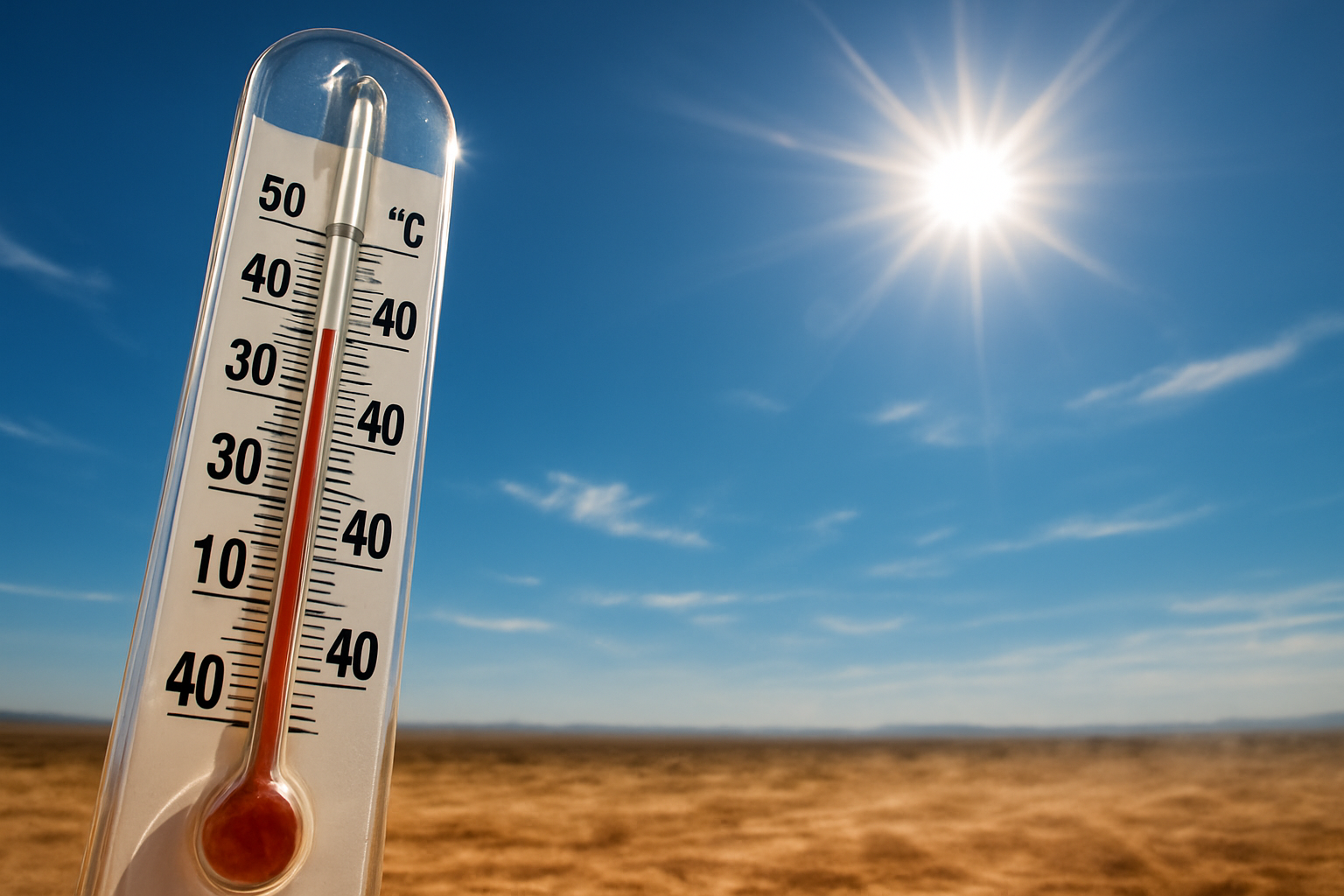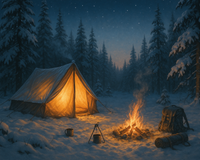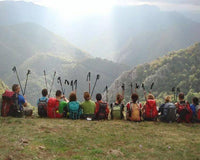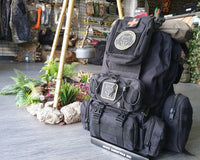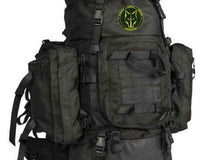When the good weather arrives, we all like to go out into the countryside or the mountains, but on days like the ones we're experiencing right now, with temperatures in Spain exceeding 40 degrees, it may not be the best time to engage in outdoor activities.
But if we do, we must take into account the risks that heat and sun entail.
Next, we will explain the most frequent thermo-regulatory accidents in our body and "Heat stroke"
Sunstroke:
Heatstroke is caused by overheating of the body, particularly the head, after prolonged exposure to high temperatures. This is especially true when performing prolonged physical activity and dehydration is insufficient.
It usually occurs in combination with dehydration, resulting in a failure of the body's temperature control system. By any medical definition, heatstroke occurs when body temperature rises above 39°C or higher, affecting the central nervous system.
Symptoms:
- headache,
- dizziness,
- loss of appetite,
- excessive sweating and pale, clammy skin,
- cramps in the arms, legs and stomach,
- rapid breathing
- very thirsty and in the case of children it is also normal for them to become sleepy.
How to avoid it:
- Plan your route or activity well (the heat doesn't come suddenly). On very hot days, take routes through more wooded and shaded areas.
- Check that there are water supply points or streams along the route.
- Wear loose clothing that allows air circulation to eliminate heat by convection and light colors.
- Always cover your head
- Always carry plenty of water, on very hot days, 2 liters per person
- Take rest breaks every (50 minutes) approximately, to rest, drink something and eat a snack.
- Use sunscreen appropriate for the activity or altitude in the mountains (factor 100 in the mountains)
What to do if someone suffers from heatstroke:
- If you are in a state (semi-conscious or unconscious) call 112 urgently
- Move it to a cool, shady place
- Remove or loosen unnecessary clothing
- Lay her down and raise her feet slightly.
- “If conscious” give him small sips of water or isotonic drink
- Cool your skin by spraying it with cold water or wiping it with something wet. You can also use a fan or similar device to provide cool air.
- Applying cold compresses to the armpits, neck, groin, and back is effective as these areas of the body are rich in blood vessels close to the skin and thermoregulatory, helping to reduce body temperature.
Fainting:
Fainting is a temporary loss of consciousness that begins spontaneously, is short-lived, and complete recovery occurs within a few moments. It is caused by a decrease in blood flow to the brain, causing it to stop functioning properly and cause a brief shutdown (fainting).
Symptoms:
- Weakness
- Pallor
- Cold sweats.
- Blurred vision.
- Weak pulse.
- Momentary loss of consciousness.
How to avoid it:
- Hydrate yourself throughout the day (don't wait until you're thirsty)
- Wear loose, light-colored clothing
- Always cover your head
- Always carry plenty of water, on very hot days, 2 liters per person
- Take rest breaks every (50 minutes) approximately, to rest, drink something and eat a snack with sugar content.
- Use sunscreen appropriate for the activity or altitude in the mountains (factor 100 in the mountains)
On days where high temperatures and physical exercise or high-impact activity are expected, we should be more aware of our hydration and not even carry only tap water, but we can adapt it.
What to drink:
- Water + sodium (460 - 1150mg/L)
- If the activity is > 1 hour or in medium and high mountains, add carbohydrates (75% glucose, sucrose, malto dextrins,
- The water should not be cold from the refrigerator, it should be between (15º and 22º)
Heat stroke:
(Source: International Red Cross)
Heat stroke is an increase in body temperature caused by prolonged exposure to the sun or exercise in hot or poorly ventilated environments, causing the body to drastically lose water and essential salts for proper functioning.
It is an "emergency" situation that requires immediate evacuation.
In these situations, the body has difficulty regulating its temperature through normal mechanisms such as sweating, resulting in an increase in body temperature. Heat stroke can occur immediately or after several days of high temperatures. It's important to be alert for the following symptoms.
- Intense thirst and dry mouth
- Temperature greater than 39º C (measured in the armpit)
- Excessive sweating
- Feeling of suffocating heat
- Dry skin
- Exhaustion, tiredness, or weakness
- Dizziness or fainting
- Vertigo
- Muscle cramps
- Agitation
- Stomach pain, loss of appetite, nausea, or vomiting
- Headaches (throbbing or tightness)
- State of confusion, disorientation, delirium, or even coma or seizures
In babies, the following can also be seen:
- Very irritated skin due to sweat on the neck, chest, armpits, elbow creases, and diaper area.
- Irritability (inconsolable crying in children).
How to act in the event of heat stroke:
The most important thing is to call 112 as soon as possible and report that it could be heat stroke. Try to cool or lower the affected person's temperature by all possible means, as mortality is lower if the patient is cooled as quickly as possible. Therefore, it is very important to diagnose the syndrome early and suspect it in any person affected by heat stroke with a high fever and neurological impairment.
As soon as possible, the patient should be transferred to a hospital , but until then the goal is to reduce the patient's body temperature to between 38 and 39°C. To do this,
- It should be placed in the coolest place possible.
- Your clothes will be removed
- It will be attempted to cool it by means of cold water compresses.
- The patient can also be immersed directly in cold or warm water, but keep in mind that too rapid and excessive a contrast with the cold can constrict the blood vessels in the skin and stimulate the onset of chills, which can delay cooling.
- Put it in the shade and cover it with as many cold bottles or thermoses of water as you have. If you're near a shelter or civilization, ask for ice wrapped in t-shirts or clothing and put it on top until the evacuation arrives.
Just because it's hot doesn't mean we have to give up our favorite activities, but just like in winter with the low temperatures, we have to be aware of the risks that high or low temperatures entail and be prepared for them.
Remember: Where, Where to, How and When

